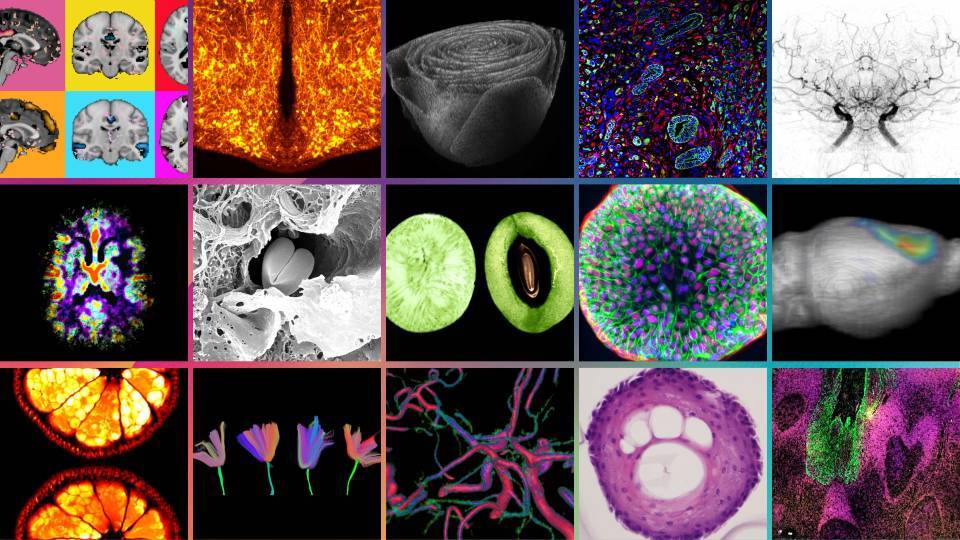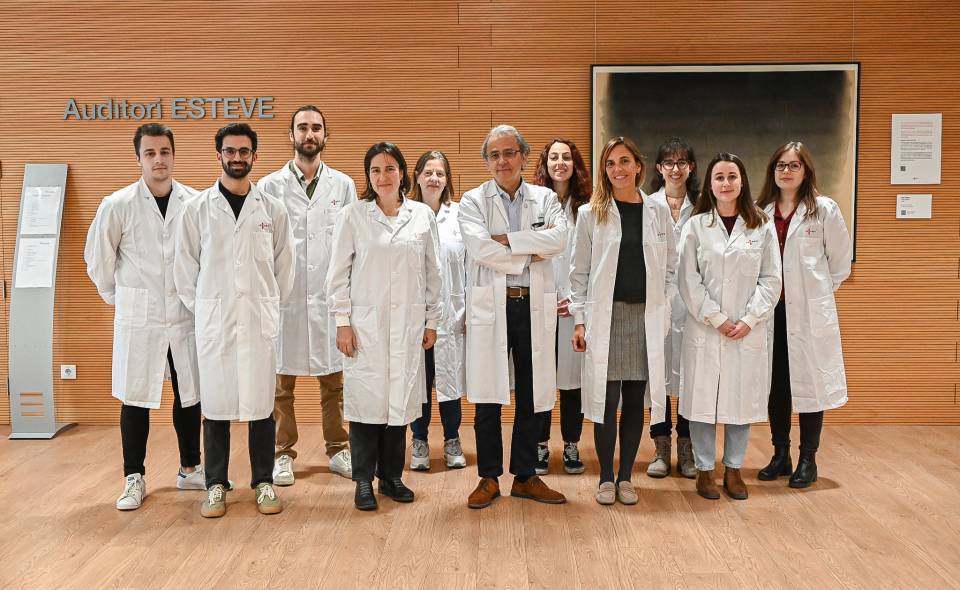Parkinson’s disease is associated with dysfunction in the mitochondria, the organelles responsible for supplying energy to cells, in addition to other functions. Some studies have shown that the cerebrospinal fluid of Parkinson’s patients contains mitochondrial DNA with defects, which would indicate this dysfunction. What remains unclear is whether this mitochondrial dysfunction is a consequence of Parkinson’s or occurs beforehand and is one of the causes of the disease.
Seeking to clarify, a team was led by Ramon Trullas, a CSIC researcher at the Institute of Biomedical Research of Barcelona (IIBB-CSIC) and Alex Iranzo, of the Neurology Service of Hospital Clínic Barcelona, who is the head of the Clinical Neurophysiology research group at IDIBAPS and a professor at the University of Barcelona’s Faculty of Medicine and Health Sciences. Both are linked to the Neurodegenerative Diseases Area of CIBER (CIBERNED).
Appearing in the journal eBioMedicine, which is published by The Lancet Group, the study was primarily conducted with funding received by the Michael J. Fox Foundation in the United States. The study’s researchers monitored a cohort of patients with rapid eye movement sleep behaviour disorder (RBD), which involves an alteration of the deep sleep phase and is characterised by a lack of muscle relaxation and the execution of sudden and violent movements of the limbs and torso that may be related to aggressive dreams.
Many patients with this disorder end up developing Parkinson’s disease or Lewy body dementia years later, which is why it is considered an early stage of these diseases. In both, round and abnormal protein deposits (called Lewy bodies) form in the brain and are associated with neuron death.
In collaboration with Hospital Clínic Barcelona’s Sleep Disorders Unit, the team analysed samples from 71 patients. Thirty-four of them were diagnosed with RBD and developed Parkinson’s or Lewy body dementia years later, 17 were diagnosed with RBD but remained disease-free and 20 formed a control group without sleep behaviour disorder or parkinsonism.
“We found that patients with RBD have higher levels of mitochondrial DNA with deletions compared to the control group”, says Ramon Trullas, a CSIC research professor and the head of CIBERNED’s Molecular Mechanisms of Neurodegeneration research group.
Unlike most cells in the body, the survival of neurons depends largely on the energy provided by mitochondria: intracellular organelles that have their own DNA to function correctly. The presence of circulating mitochondrial DNA with deletions indicates that the mitochondria cannot provide enough energy for neurons to maintain their activity and long-term survival.
Margalida Puigròs, a researcher at the IIBB-CSIC, CIBERNED and UBNeuro and the first author of the study, explains that “whether they later developed Parkinson’s or not, patients with RBD presented more circulating mitochondrial DNA with deletions in their cerebrospinal fluid, meaning they had lost some fragment of genetic material, than the control group did. But our most important finding is that the amount of DNA with deletions is related to the time it will take for patients with sleep behaviour disorder to present the clinical symptoms of Parkinson’s disease”. This suggests that mitochondrial DNA dysfunction is a primary molecular mechanism of the pathophysiological cascade that precedes the full motor and cognitive clinical manifestation of Parkinson’s.
Reference article:
“Mitochondrial DNA deletions in the cerebrospinal fluid of patients with idiopathic REM sleep behaviour disorder” by Margalida Puigròs, Anna Calderon, Daniel Martín-Ruiz, Mònica Serradell, Manel Fernández, Amaia Muñoz-Lopetegi, Gerard Mayà, Joan Santamaria, Carles Gaig, Anna Colell, Eduard Tolosa, Alex Iranzo and Ramon Trullas in eBioMedicine. 2024;102: 105065 https://doi.org/10.1016/j.ebiom.2024.105065




